One of the ethnic groups in Nigeria is the Igáláà. The Igala, the seventh-largest ethnic group in Nigeria, was chosen in the past to host Lokoja as the country’s capital, with Governor Lugard in charge. They were instrumental in the founding of Nigeria. Beyond the current border, the Igala Kingdom was larger.
Their language belongs to one of the Niger-Congo family’s Benue-Congo branches. In addition, the Bassa Nge and the Bass Nkome, who reside between the Igala and the Benue River, were two additional tribes that their traditional ruler, the “Ata,” oversaw.
Politically, traditional Igala society was structured as a kingdom. Kings conducted lavish courts attended by a large number of officials and attendants, many of whom were slaves and eunuchs; they were divine and surrounded by several taboos. Every heavenly kingdom in Africa had traditions that served as limits on the king’s authority. This included a tradition in which the queen-mother, who is known to the Igalas as the only person permitted to do so under the taboo system, could reprimand the king.
Because of its size, the Igala Kingdom reached the Benue and Niger rivers. In the modern Kogi state, the Igala can be found in the local governments of Dekina, Bassa, Ajaka, Ofu, Ibaji, Lokoja, Ajaokuta, Omaha, Ankpa, Olamaboro, and Idah. However, Igala’s capital city is Idah.
In this piece, Naijabiography explores the history of the Igala kingdom, as well as the culture, beliefs, and structure of the Igala people.
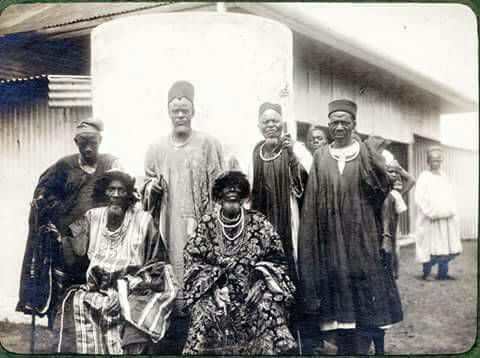
History
An Igáláà (Igala Land), often referred to as the Igala Kingdom or the Kingdom of Idah, was a pre-colonial West African state that was situated in the Middle Belt or north-central part of Nigeria, near the eastern region of the confluence of the Rivers Niger and Benue. The “Atá” serves as the Igala Emperor, national father, and spiritual head, and the capital of Igala country is “Idah.”
The Igala kingdom was established by the Igala people. History has it that the Yoruba, Idoma, Igbo, and Jukun inspired and impacted the Igala Kingdom, and it is most likely made up of these tribes’ ancestors who settled and intermarried with the original Igala populations.
The term “anẹ̀ Igala” refers to the region of Igalaland, where speakers of the Igala language can be found. Furthermore, the earliest settlements in the Igala kingdom were established by the progenitors of the current Igala-Mela, whose name derives from the phrase “the nine Igala.”
The “am’onofe -unyi,” or family heads, controlled two or more head-steads that made up the “efunyi” or “ofigbeli,” a sizable unit of settlement. Am’om’onobule, the “am’ana,” the in-laws, the “am’adu,” and the domestic slaves were integrated into the settlement on the condition that they acknowledged their social and political limits in specific areas. Membership in these basic settlements was firmly based on agnatic familial relationships.
In another research, it is said that some people believe that many antelopes were present when the Igala people first migrated into the area, which is why they attribute the title “Igala” to the Yoruba word for antelope. Their dialects, which include Ibaji, Idah, Dekina, Ogugu, Ankpa, and Ebu, are said to be somewhat related to Yoruba and Itsekiri.
However, it is still unclear where the Igala originally came from. Another group of people think that they are an extension of the Fulani from Yemen or Benin. Thus, one thing that can be inferred from all of these disagreements is that the Igala culture is probably a synthesis of a variety of languages and civilizations, and, as a result, can be linked to a wide range of other cultures.
The title “Attah of Igala,” which means “father” in Arabic, is used to refer to the Igala Kingdom’s historic king. The Igala Kingdom, which has historically had female rulers—including the first Attah to do so, Ebule-Jonu—recognizes the value of female leadership.
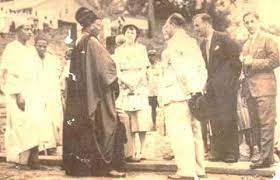
Igala Sub-division
According to research, nine traditional councils, including the Idah capital, govern “Angala.” Therefore, the head of each of the nine councils—the tá gáláà in Idah—is known as the King (onu), who is chosen by religious ceremony through a convoluted system of traditional rites and proceedings. In addition, Ankpa, Ajaka, Ugwolawo, Egume, Dekina, Omalla, and Olamaboro Anyigba are the seven “gáláà councils.” Each council historically had a different level of traditional administration, which was based on taxation on landowners, fishers, and market vendors.
The Ata in the Igala Kingdom
The “Atá” in the Igala kingdom is the title given to the monarch of the realm. Thus, the first “Ata” was a woman named Ebulejonu. Her brother, Aganapoje, the father of Idoko, succeeded her. Atiyele, the first son of Idoko, moved eastward of the kingdom to build the Ankpa kingdom, while Ayegba, the second son of Idoko, succeeded his father as Ata’IGala.
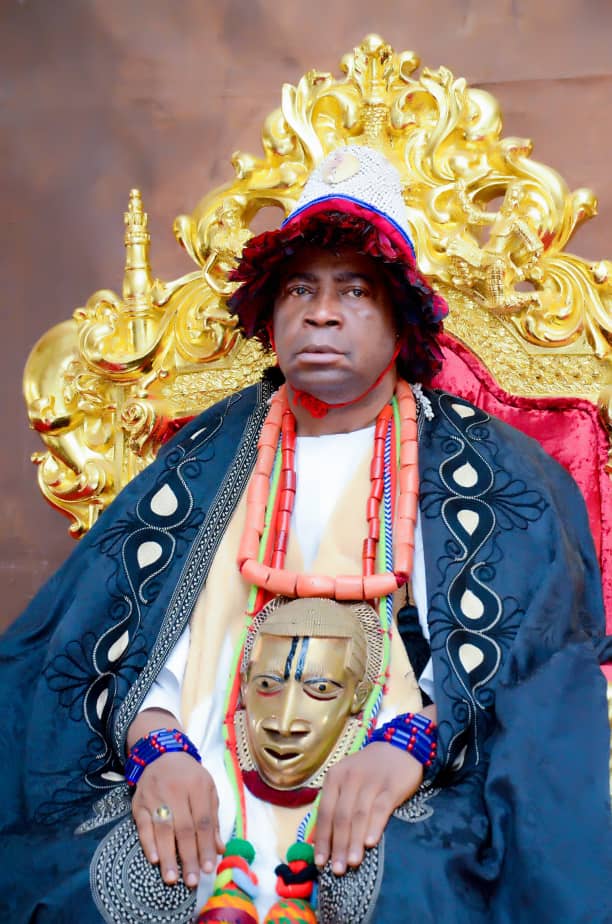
History has it that Idoko would subsequently succeed him as Ata and have two children, Atiyele and Ayegba om’Idoko (Ayegba, son of Idoko). He oversaw a conflict with the Jukun that was successful. In December 2012, HRH Idakwo Micheal was chosen to serve as the new Ata of Igala.
However, four lineages of the royal clan alternate holding the position of Ata Igala. In the sixteenth century, Abutu-Eje established the Igala kingdom. Thus, the sacred earth shrine is guarded by nine elite officials known as the Igala Mela, who serves as the kingdom’s rulers. At the moment, the clans of Aju Akogwu, Aju Amch, Aju Akwu, and Aju Ocholi alternate holding the Throne of the Ata. As the clan’s ancestor’s name, “Aju” is meant to indicate where the clan originated.
Trades of the Igala People
The Igala have traditionally been agricultural people who cultivate a broad variety of regional crops, including yams, taro, pumpkins, squash, corn (maize), manioc, and peanuts (groundnuts). Both palm oil and kernels are becoming important cash crops among the Igala people.
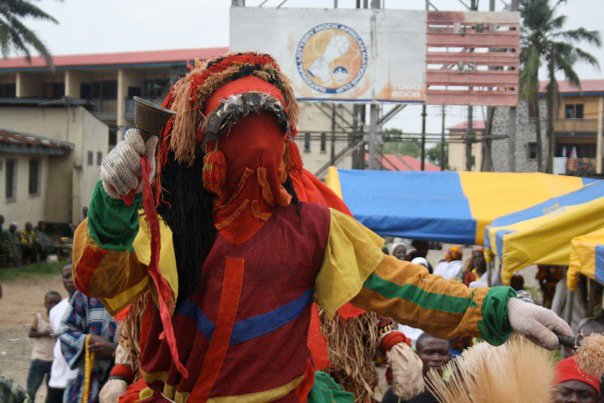
Culture
According to legend, Oma Idoko sacrificed his beloved daughter by burying her alive in order for Igala to defeat Jukun rule in a war of liberation. While Atta Ameh Oboni is recognized for his fierce resistance to the British and fight to protect the ancient customs of Igala country, he is also considered to have been exceedingly brave and resolute. He killed himself in order to thwart the British government’s attempt to have him removed and banished.
After the passing of his predecessor, Attah Alhaji Aliyu Obaje, in 2012, Idakwo Micheal Ameh II took over as the 27th Attah. Most regions of the kingdom, like Ankpa, used three deeply cut horizontal recurves on each side of their faces next to their lips as a means of identification. The Igala people no longer engage in this practice, which was frequent during inter-tribal conflicts in the 17th and 18th centuries.
Dressing
The Igala people place a significant value on colour. Their clothing primarily consists of black and yellow, with some white, blue, or green stripes. They say that black represents wealth and prosperity, while yellow stands for cosiness. These colours are the ones that are most prominent on the bride and groom’s headwear, scarves, and caps during traditional weddings.
Foods
The Igala people eat a lot of native meals that are made from millet, corn, plantains, and bitter leaves. Igala is home to the well-known corn dish known as “ogidibo,” which is said to be a variation of the well-known “Moi-Moi.” Other delicious foods produced from corn and millet are “ijobu” and “omaidi.”
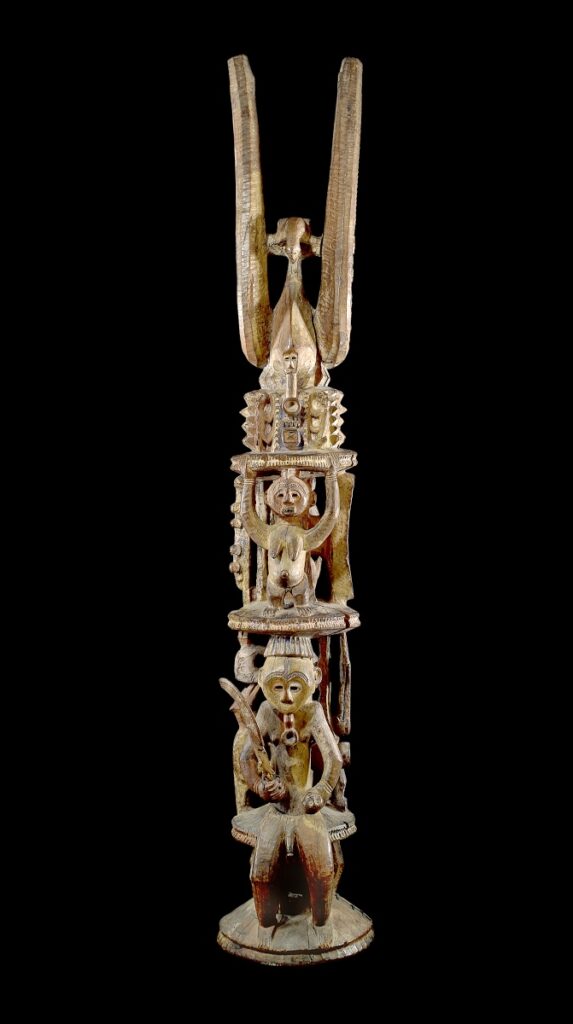
Religion/Belief of the Igala People
The Igala people serve the supreme being, known as “Ojo.” To them, the Ojo is the traditional notion of God among the Igala people. Because he is seen as being the almighty, who granted the gods and spirits control over the various aspects of human life. In their day-to-day interactions, these gods and spirits deal directly with people. However, the Igalas still practice Ifa, which is their traditional religion.
According to the Igalas, the form of worship is based on reverence for and faith in ancestor spirits. Shrine-keeping is a common practice among many groups of people, including families, communities, and individuals. The practice of traditional worship of the Igalas, is known as “Icheboeche,” and those who practice it are known as “Amachichebo.” Custodians are those who practice traditional worship and are knowledgeable about oral tradition, including the usage of herbs and plants to treat illnesses.
Igalas share the Abrahamic faiths’ vision of God as all-knowing and all-seeing, which has begun to supplant traditional religions. Abrahamic faiths originated in the Middle East. However, Ifa must be contacted in order to access this God and to determine what he is saying at any given time. Also, in Judaism, the Ifa is comparable to the Urim in Judaism. It allows the mind of God to be revealed on any subject. To do this, periodic sacrifices are made to all the demigods, especially the natural elements of water and land. To win their favour, this is done.
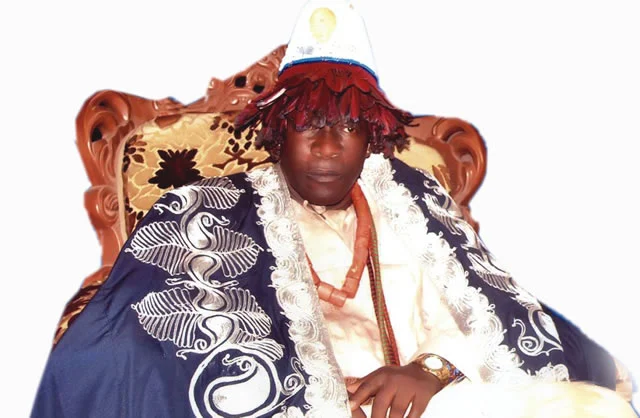
The Political Structure of the Igala
The Ogbede, or president of the court, is the name of the Atá’s court. Its leader is known as the Ogbe. The Amonoji are Atá’s eunuchs, and the Amedibo are the royal servants. The royal items, such as the oka (beads), okwu (necklace), robe (olawoni), red-cap (olumada), and otihi, serve as symbols of power (flywhisk). The Ejubejuailo (the Ata’s pectoral mask), Onunu-Ere (the royal crown), Unyiale Ata (the royal umbrella), Odechi/Okachi (the royal band), Oka kpai Okwu (the royal beads), and Akpa-Ayegba are further sacred items (the stool).
The main religious items, shrines, and festivals of the Igala people are under the control of the Atá. The chief executive is also the Ach’adu. Oko-Ata (Ata’s traditional husband) is another name for this position. Thus, the word “Ach’adu” means “prime minister.“
Onu (district officers) and Am’onu (provincial chiefs) were in charge of their respective shrines, grooves, sacred items, and festivals within their spheres of influence. District heads (Am’onu-ane), clan heads (Gago), village heads (Omadachi), and youth leaders made up the hierarchy (Achiokolobia).
However, only two Igalas can simultaneously hold the titles Ata and Achadu, but many people can simultaneously use the titles Onu, Achema, Akoji, Makoji, Eje, and Onoja. These names are also acceptable as titles. These titles frequently have a strong connection to professions. For instance, Gago, the clan chief, or Onoja, the market chief. Names that serve as titles, like Makoji and Akoji, are given in the hopes that the child may grow up to hold such a noble position. Therefore, when awarding such titles, a merit-based approach is used.






Comments
Onoja Michael
3 years agoPeople in igala please we Ned pieces in igala Land